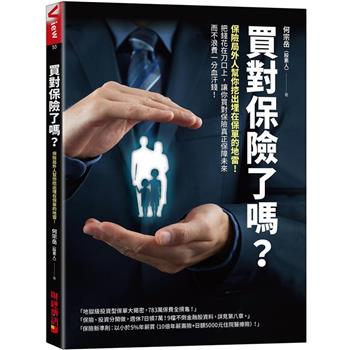Everyone occasionally feels blue or sad, but these feelings are usually fleeting and pass within a couple of days. When a woman has a depressive disorder, it interferes with daily life and normal functioning, and causes pain for both the woman with the disorder and those who care about her. Depression is a common but serious illness, and most who have it need treatment to get better. Depression affects both men and women, but more women than men are likely to be diagnosed with depression in any given year. Efforts to explain this difference are ongoing, as researchers explore certain factors (biological, social, etc.) that are unique to women. Many women with a depressive illness never seek treatment. But the vast majority, even those with the most severe depression, can get better with treatment. There are several forms of depressive disorders that occur in both women and men. The most common are major depressive disorder and dysthymic disorder. Minor depression is also common. Major depressive disorder, also called major depression, is characterized by a combination of symptoms that interfere with a person's ability to work, sleep, study, eat, and enjoy once-pleasurable activities. Major depression is disabling and prevents a person from functioning normally. An episode of major depression may occur only once in a person's lifetime, but more often, it recurs throughout a person's life. Dysthymic disorder, also called dysthymia, is characterized by depressive symptoms that are long-term (e.g., 2 years or longer) but less severe than those of major depression. Dysthymia may not disable a person, but it prevents one from functioning normally or feeling well. People with dysthymia may also experience one or more episodes of major depression during their lifetimes. Minor depression may also occur. Symptoms of minor depression are similar to major depression and dysthymia, but they are less severe and/or are usually shorter term. Some forms of depressive disorder have slightly different characteristics than those described above, or they may develop under unique circumstances. However, not all scientists agree on how to characterize and define these forms of depression. They include the following: Psychotic depression occurs when a severe depressive illness is accompanied by some form of psychosis, such as a break with reality; seeing, hearing, smelling or feeling things that others can't detect (hallucinations); and having strong beliefs that are false, such as believing you are the president (delusions). Seasonal affective disorder (SAD) is characterized by a depressive illness during the winter months, when there is less natural sunlight. The depression generally lifts during spring and summer. SAD may be effectively treated with light therapy, but nearly half of those with SAD do not respond to light therapy alone. Antidepressant medication and psychotherapy also can reduce SAD symptoms, either alone or in combination with light therapy.
| FindBook |
有 1 項符合
Women and Depression: Discovering Hope的圖書 |
 |
Women and Depression: Discovering Hope 作者:Department of Health and Human Services(COR)/ National Institutes of Health (COR)/ National Institute of Mental Health (COR) 出版社:Createspace Independent Publishing Platform 出版日期:2013-10-08 語言:英文 規格:平裝 / 32頁 / 22.9 x 15.2 x 0.3 cm / 普通級 |
| 圖書館借閱 |
| 國家圖書館 | 全國圖書書目資訊網 | 國立公共資訊圖書館 | 電子書服務平台 | MetaCat 跨館整合查詢 |
| 臺北市立圖書館 | 新北市立圖書館 | 基隆市公共圖書館 | 桃園市立圖書館 | 新竹縣公共圖書館 |
| 苗栗縣立圖書館 | 臺中市立圖書館 | 彰化縣公共圖書館 | 南投縣文化局 | 雲林縣公共圖書館 |
| 嘉義縣圖書館 | 臺南市立圖書館 | 高雄市立圖書館 | 屏東縣公共圖書館 | 宜蘭縣公共圖書館 |
| 花蓮縣文化局 | 臺東縣文化處 |
|
|
圖書介紹 - 資料來源:博客來 評分:
圖書名稱:Women and Depression: Discovering Hope
|











